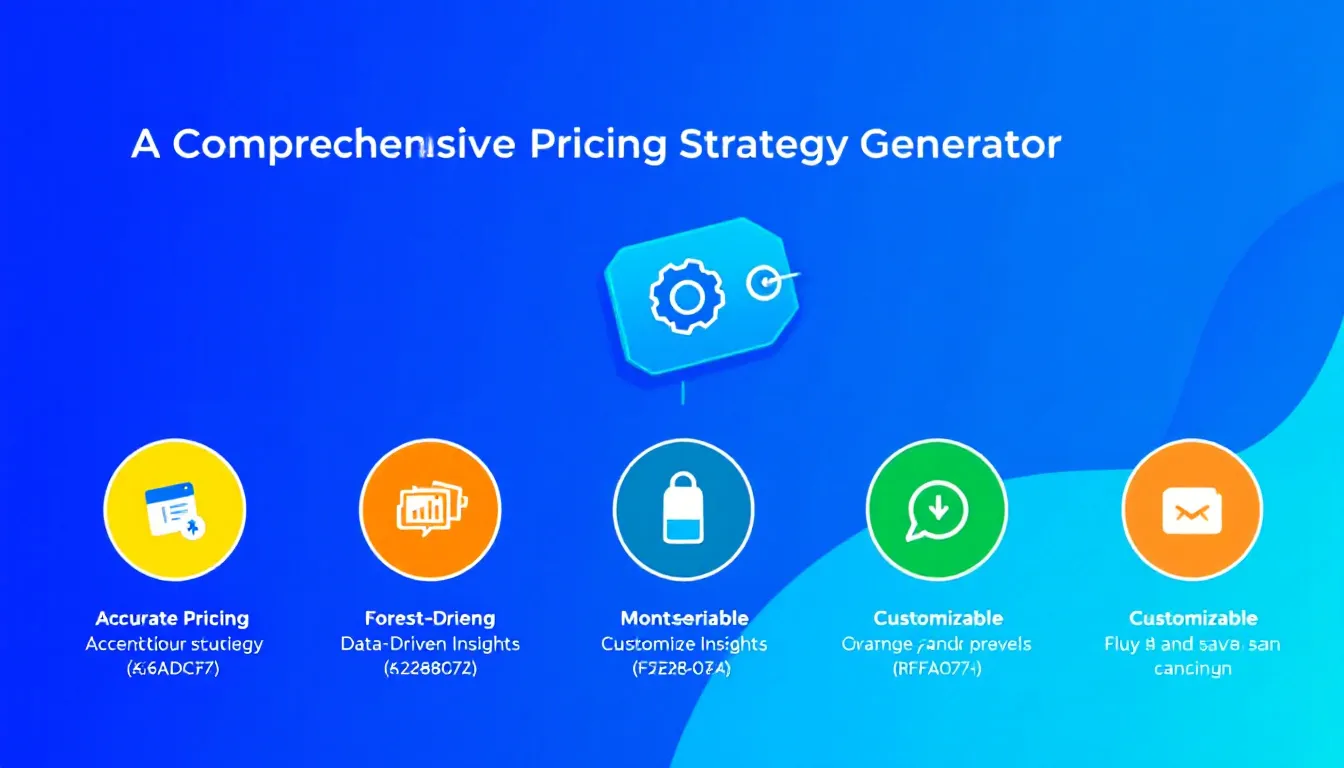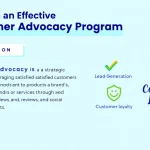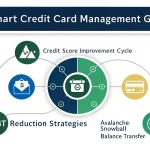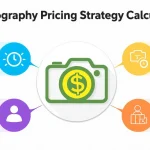Is this tool helpful?
How to Use the Strategic Product Pricing Calculator Effectively
Follow these straightforward steps to maximize the benefits of the Strategic Product Pricing Calculator and create a pricing strategy tailored to your product:
-
Describe Your Product Thoroughly: Enter clear and detailed information about your product in the description field. Include key features, the target audience, and unique selling points to help the tool analyze your market position accurately.
- Example 1: “A compact electric scooter with a 30-mile battery range, lightweight frame, and smartphone app integration. Designed for urban commuters looking for an eco-friendly and convenient transport option.”
- Example 2: “A premium line of organic skincare products using locally sourced ingredients, targeting wellness-conscious consumers who prefer sustainable and chemical-free beauty solutions.”
- Generate Your Pricing Strategy: Click the “Generate Pricing Strategy” button to submit your information. The calculator processes your input and applies market and value-based pricing principles to craft a customized pricing approach.
- Review the Suggested Strategy: Once generated, carefully read the detailed pricing strategy provided. This will include recommended price points, positioning suggestions, and tactics to enhance revenue and market share.
- Copy and Use Your Strategy: Use the copy function to save the pricing strategy. You can then implement it in your business planning and adjust as market factors evolve.
Introduction to the Strategic Product Pricing Calculator
The Strategic Product Pricing Calculator is a practical tool designed to help businesses develop effective pricing strategies quickly and confidently. It analyzes your product description, factoring in unique features, target customers, and competitive environment to recommend pricing approaches that align with your business goals.
Setting the right price is critical—it impacts your revenue, market share, and customer perception. This calculator removes guesswork by applying value-based pricing and market insights to suggest price points that balance profitability with customer appeal.
Purpose and Benefits
This tool aims to streamline your pricing decisions by offering:
- Identification of optimal price points based on your product’s value and competition
- Recommendations for positioning your product effectively in the market
- Strategies to increase both revenue and customer loyalty
- A simplified approach to complex pricing decisions
Whether launching a new item or reevaluating an existing product, this calculator helps you build a pricing model that supports sustainable growth.
Practical Applications and Use Cases for the Pricing Calculator
This tool suits various industries and product types, giving you tailored pricing strategies that enhance competitiveness and revenue.
1. Consumer Electronics: Smart Fitness Tracker
Product Description Input: “A wrist-worn fitness tracker with heart rate monitoring, sleep analysis, and customizable workout plans. Targeted at fitness enthusiasts and casual users seeking affordable health tracking.”
Suggested Strategy:
- Adopt a mid-range price to attract a broad audience.
- Offer bundle deals with related accessories to increase average order value.
- Implement limited-time discounts during product launches to gain initial market share.
2. Home and Garden: Smart Irrigation System
Product Description Input: “An automated irrigation system with soil moisture sensors and smartphone control. Designed for homeowners who want to conserve water and maintain healthy gardens efficiently.”
Suggested Strategy:
- Use a premium pricing model highlighting water savings and convenience.
- Introduce tiered pricing based on system size and included features.
- Encourage subscription plans for software updates and customer support.
3. Software as a Service (SaaS): Project Management Tool
Product Description Input: “A cloud-based project management platform with task automation, collaboration features, and integration with popular communication tools. Suited for small to medium businesses looking to improve workflow efficiency.”
Suggested Strategy:
- Adopt a freemium model to attract initial users.
- Offer tiered subscriptions with increasing levels of features and user seats.
- Provide discounts for annual subscriptions to improve retention.
4. Food and Beverage: Artisanal Coffee Subscription
Product Description Input: “Monthly delivery of freshly roasted, single-origin coffee beans with tasting notes and brewing tips. Targeted at coffee enthusiasts seeking premium flavors and convenience.”
Suggested Strategy:
- Use tiered subscription plans based on quantity and roast selection.
- Incorporate loyalty programs rewarding repeat customers with discounts or early access.
- Apply promotional pricing for initial subscription periods.
Example Calculation: Value-Based Pricing Equation
The calculator applies value-based pricing methods, which you can understand with the following formula:
Set Price = Perceived Customer Value – Cost Savings from Alternatives + (Market Positioning Factor × Competitive Pricing)
Mathematically, this can be summarized as:
$$ P = V_c – C_s + (M_p \times P_c) $$
- ( P ): Final price recommended
- ( V_c ): Value perceived by customers based on unique benefits
- ( C_s ): Cost savings the product provides versus alternatives
- ( M_p ): Market positioning factor reflecting brand strength and exclusivity
- ( P_c ): Pricing level of competitors in the same category
This approach ensures your pricing reflects both the intrinsic value to customers and the competitive context in your market.
Benefits of Using the Strategic Product Pricing Calculator
1. Data-Driven Pricing Decisions
The tool uses your product details to generate strategies grounded in market realities and value principles, reducing guesswork and pricing errors.
2. Saves Time and Effort
Instead of spending hours researching and analyzing, you get actionable pricing strategies instantly, helping you focus on execution and growth.
3. Tailored Strategies for Your Unique Product
Different products require different pricing tactics. The calculator considers your unique selling points and target audience to suggest specific pricing approaches.
4. Helps You Balance Profitability and Market Share
By recommending models such as penetration pricing or premium pricing, it guides you in achieving the optimal balance between maximizing revenue and expanding your customer base.
5. Encourages Flexible and Adaptive Pricing
Your pricing strategy evolves with changing market conditions. The tool’s suggestions support adjustments based on customer feedback and sales data, not locking you into fixed prices.
6. Improves Value Communication
The focus on value-driven pricing helps you clearly articulate why your price is justified, boosting customer confidence and willingness to pay a fair price.
Important Disclaimer
The calculations, results, and content provided by our tools are not guaranteed to be accurate, complete, or reliable. Users are responsible for verifying and interpreting the results. Our content and tools may contain errors, biases, or inconsistencies. Do not enter personal data, sensitive information, or personally identifiable information in our web forms or tools. Such data entry violates our terms of service and may result in unauthorized disclosure to third parties. We reserve the right to save inputs and outputs from our tools for the purposes of error debugging, bias identification, and performance improvement. External companies providing AI models used in our tools may also save and process data in accordance with their own policies. By using our tools, you consent to this data collection and processing. We reserve the right to limit the usage of our tools based on current usability factors.







